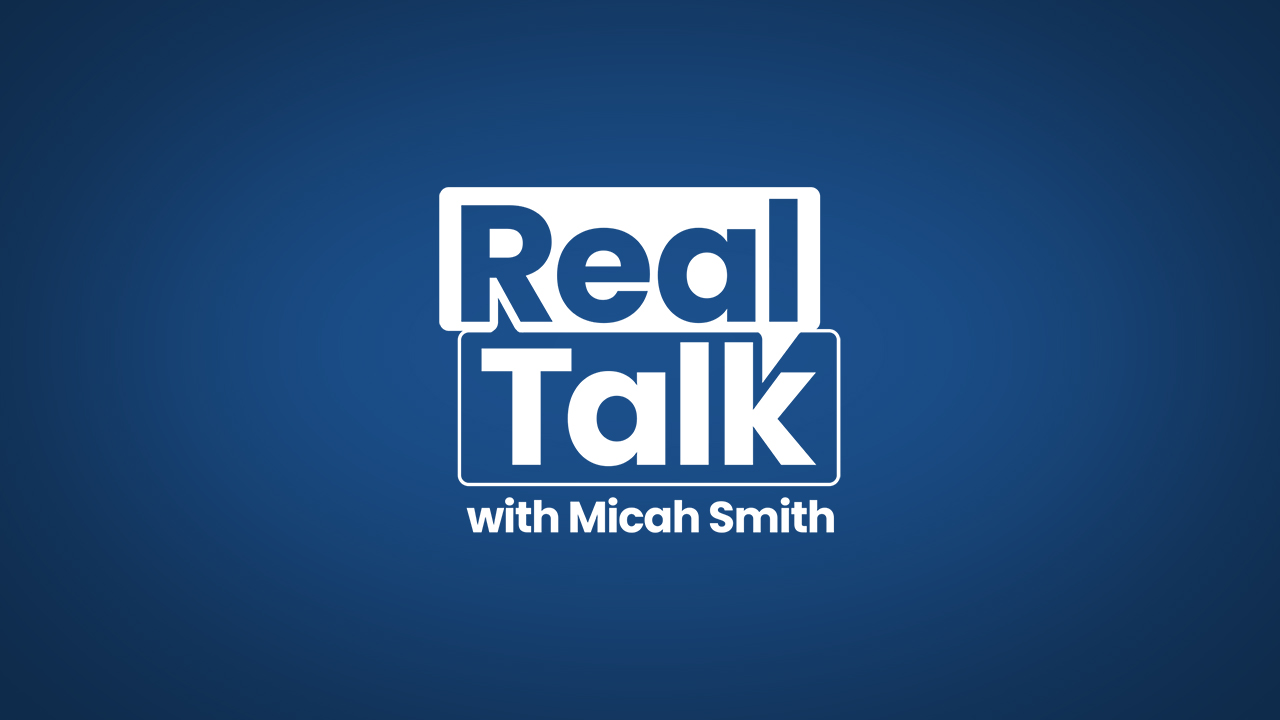BOULDER, Colo. — When two car bomb explosions killed six activists in Boulder, and injured a seventh, in the early summer of 1974, local and federal law enforcement investigated. Federal prosecutors launched a grand jury. Subpoenas were issued. Evidence gathered. Family and friends of the bomb victims interrogated. But no one was ever charged.
Fifty years later, those closest to Los Seis – the six who died in Boulder, Colorado – are still seeking answers. Some friends and family of Los Seis suspect law enforcement may have used informants to coerce the activists into obtaining explosives or allowed a plot to move forward despite surveillance.
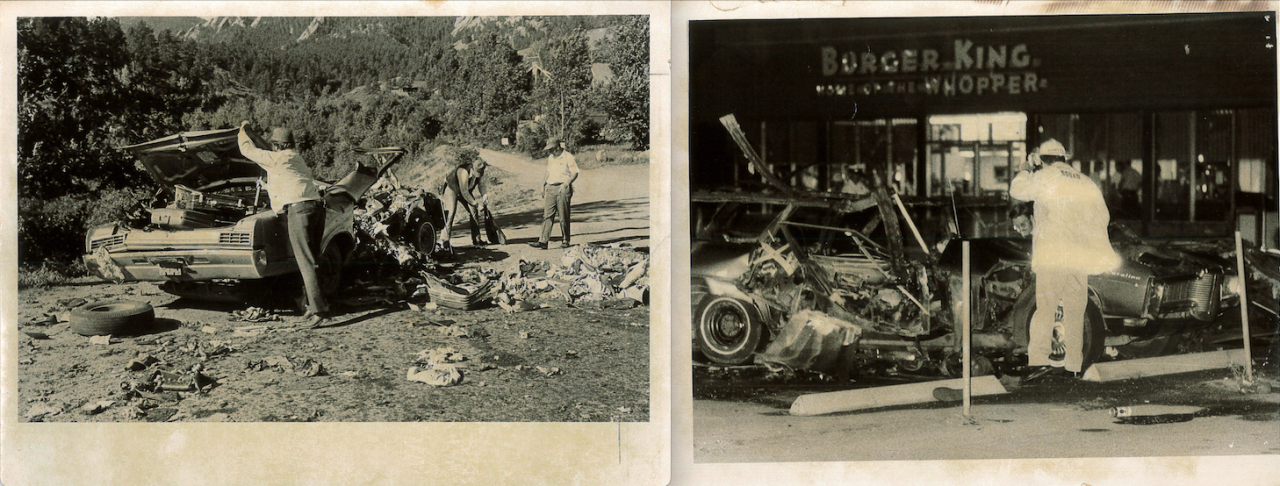
Watch the first part of this series:
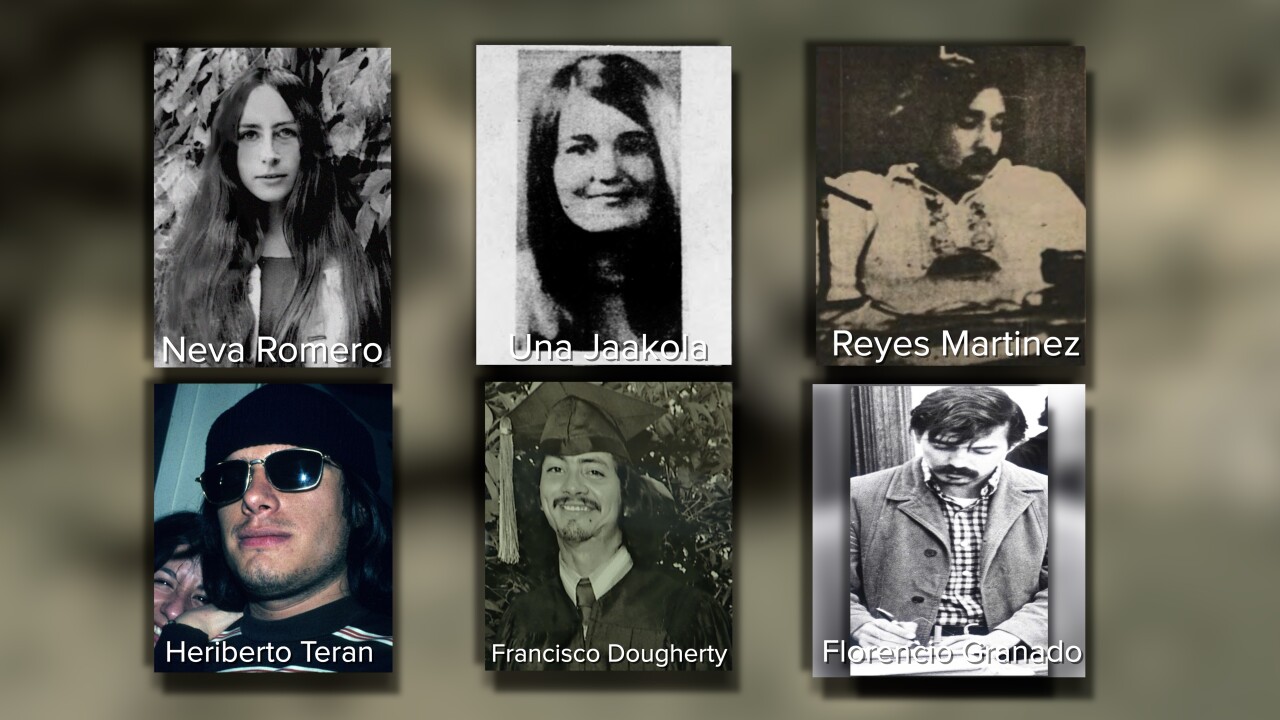
Boulder
'Los Seis' died in car explosions 50 years ago. Questions linger.
“It was terrorism. It created fear in our lives. But the pushback is that they were the terrorists,” said Deborah Espinosa.
She and her husband Juan were friends with Los Seis. They protested together on the University of Colorado Boulder campus where many of them were part of the student group United Mexican American Students.
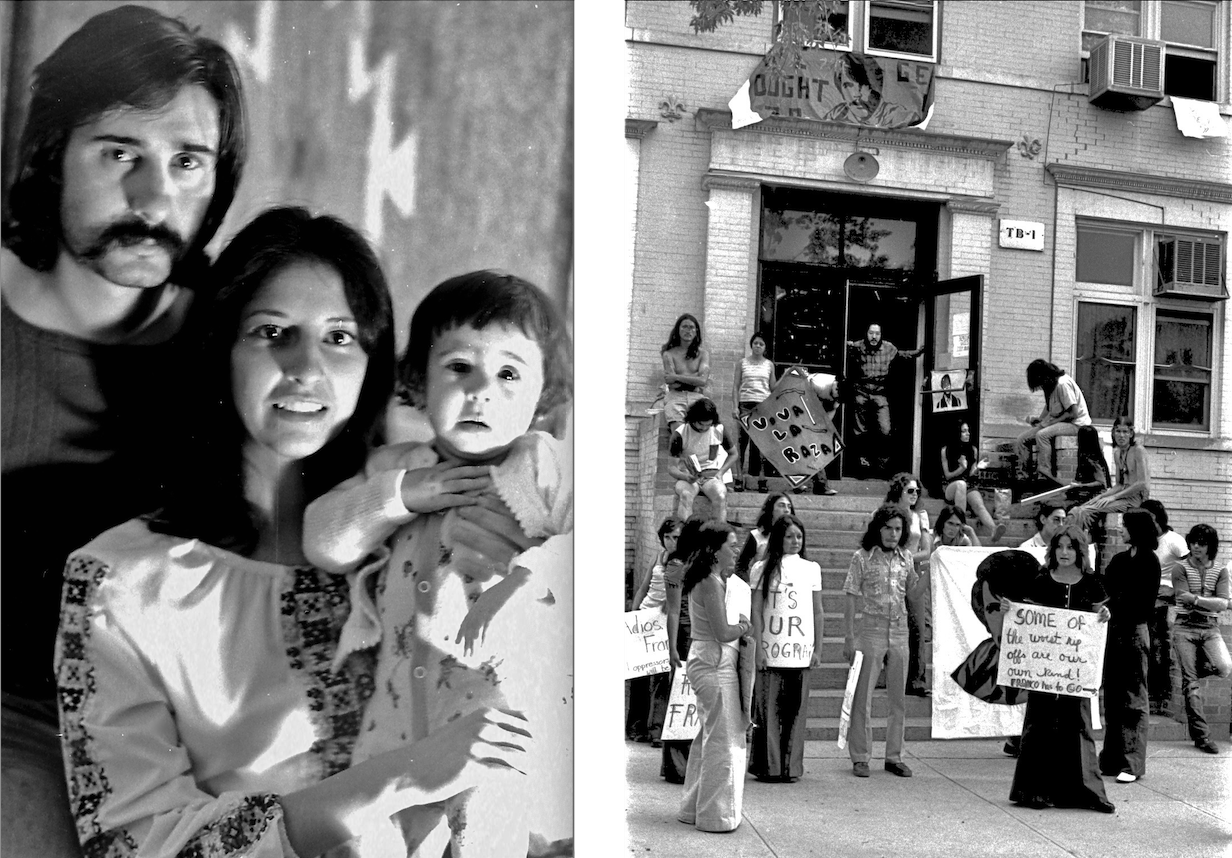
“We were being observed. We were being watched,” she said.
Federal law enforcement reports show the activists who died were “well known to local law enforcement agencies as very active militants.” Many of Los Seis had previous run-ins with CU Boulder campus police officers who were monitoring student protests, police reports confirm.
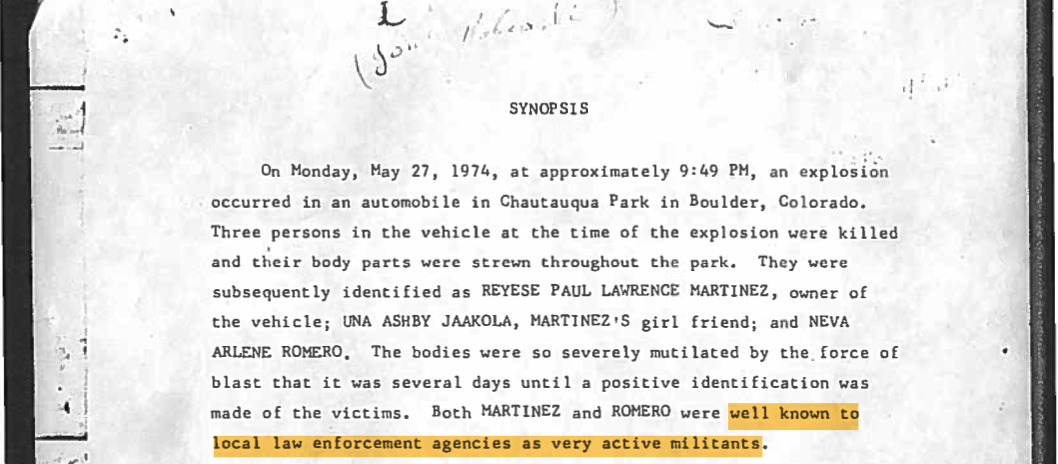
CU Boulder President Frederick Thieme kept extensive records about the growing Mexican American student population and its activism, according to documents compiled by CU Boulder library archivists.
Thieme initially resisted having federal law enforcement on campus. In 1970, U.S. Senator George McGovern told Thieme that President Richard Nixon "proposed that the FBI assume an increased role on the campuses... to monitor and intervene in cases of suspected or present violence." But in a questionnaire, Thieme said he had "mixed feelings" and wasn't aware of any FBI presence at CU Boulder at the time.
By 1972, the FBI and the Bureau of Alcohol, Tobacco and Firearms (ATF) were actively investigating a dynamite explosion at CU Boulder. Both federal agencies also investigated a series of small bombings in 1974, just months before the deadly car bombs.
“There was an assumption that when you talked on the phone that it could be bugged,” Juan said. “We suspected that they were at least observing us. But it didn't occur to us that they were going to take any kind of action that would result in people dying.”
Juan believes what happened in Boulder was part of the FBI's Counterintelligence Program (COINTELPRO).
The FBI has confirmed that through COINTELPRO, “FBI agents had infiltrated groups, sowed discord among their members, and attempted to discredit their efforts—even when there was little or no evidence of unlawful activities.” In the FBI’s own history, it concedes that COINTELPRO “was later rightfully criticized by Congress and the country for abridging First Amendment rights and for other reasons.”
Denver7 asked the FBI to confirm whether or not COINTELPRO surveilled or infiltrated activist groups in Colorado. But an agency spokesperson pointed instead to an article on the FBI's website.
FBI documents previously released to the public show the agency was surveilling and disrupting activist groups like the Black Panther Party.

“When you say COINTELPRO, civil rights, FBI – they think Malcolm X, Martin Luther King, they don't think about any of us,” said Dr. José Ángel Gutiérrez.
“We were all under surveillance and all being targets,” said Gutiérrez, who was an activist in Texas at that time, and later became a lawyer and author of more than a dozen books about FBI counterintelligence against Latinos like him.

Gutiérrez’s research is based on FBI records, and he recently obtained a COINTELPRO file "no one else had dug up before,” he said.
"The Mexican-American Militancy file is a surveillance nationwide,” Gutiérrez said. “Every Mexican group that was doing anything, anything, even if it was, you know, helping Girl Scouts sell cookies, they still surveilled them.”
The nationwide survey was overseen by then FBI Director J. Edgar Hoover, and was aimed at identifying whether Mexican-American civil rights groups "had a propensity for violence, if they had arms, what their purposes and goals were,” Gutiérrez said.
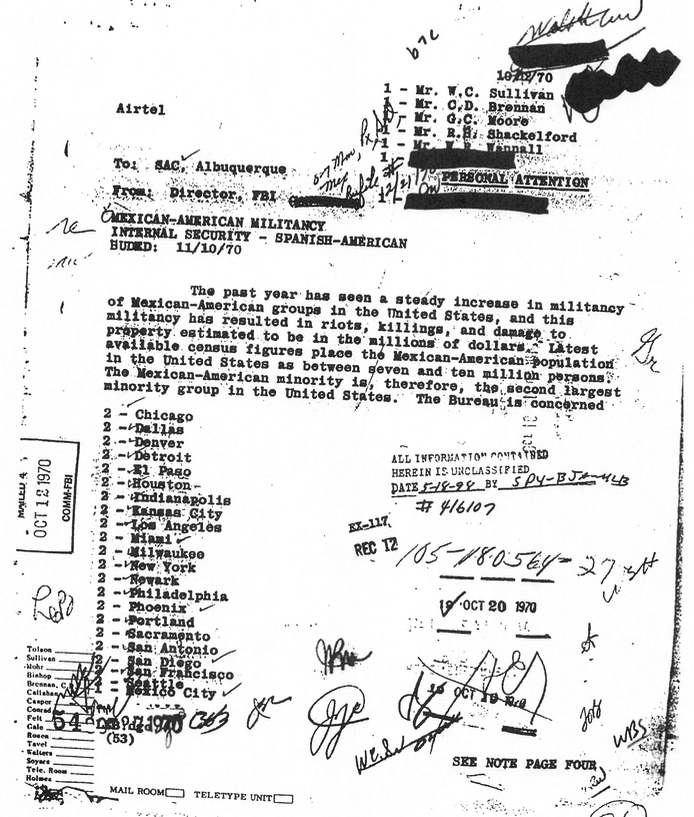
The FBI has released records showing the agency was surveilling well-known Mexican American leaders like Cesar Chavez and efforts like the Chicano anti-war moratorium.
But federal law enforcement has yet to release records related to Mexican American activists in Boulder or the deadly bombings.
Still, Dr. Brian Behnken, an historian and Iowa State University professor, said it's likely the FBI was watching.
“I would be super, super shocked if there was no involvement with COINTELPRO,” he said.
Los Seis were members of United Mexican American Students (UMAS) and the Movimiento Estudiantil Chicano de Aztlán (MEChA). Both groups were surveilled by law enforcement, Behnken said.

“We know that there were informants in every, just about every, group,” Behnken said. “To think somehow Boulder got left out of that. It doesn't make a lot of sense.”
FBI informants often infiltrated groups like the Mexican American Youth Organization (MAYO) where Gutiérrez was a member.
"We always had a problem with somebody showing up, claiming they were MAYO from here, MAYO from there and doing all kinds of violent activity, like breaking windshields and throwing rocks at police or fire bombs,” he said. “Doing things that would compromise us and always talking about, well, let's get some guns and let's go shoot people.”
Behnken said law enforcement at the time was likely thinking, “if we set these folks up to do something wrong, then we can arrest or kill them. Then we can eliminate the movement.”
The FBI and its informants carried out several plots like this before and after the Boulder car bombs, Behnken said.
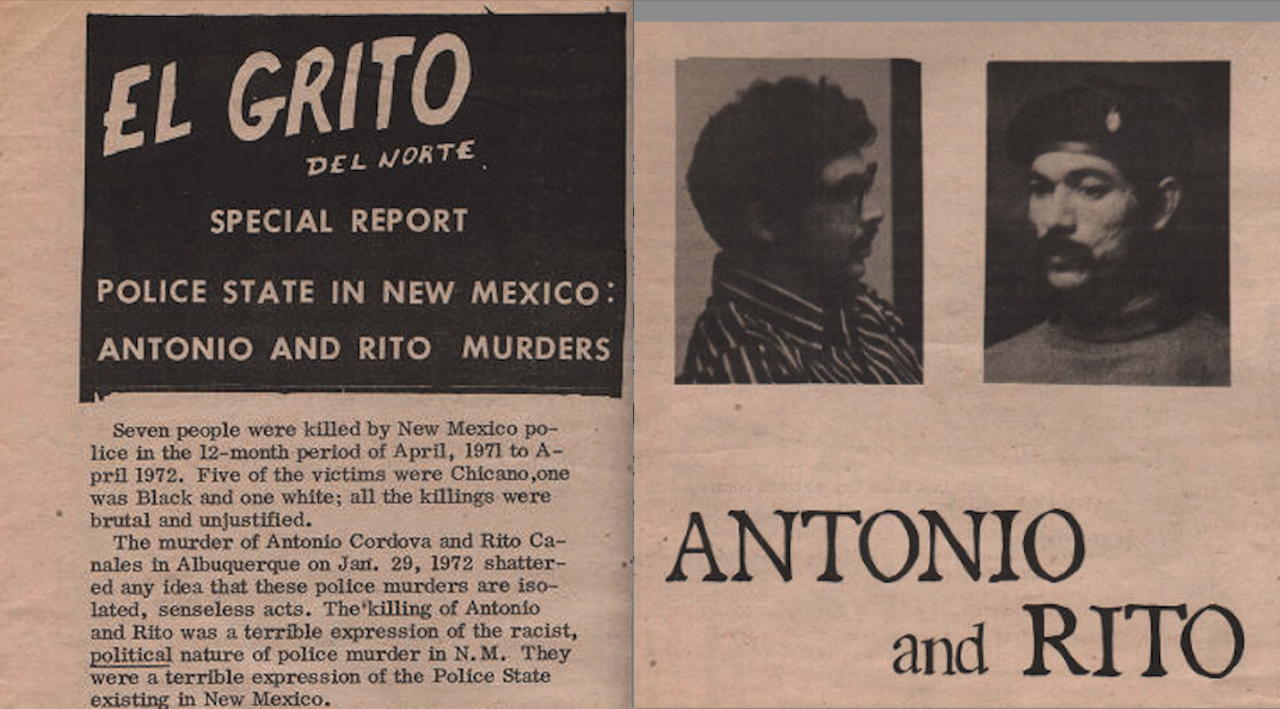
In January 1972, a police confidential informant in Albuquerque, N.M., encouraged two Black Berets, Rito Canales and Antonio Cordova, to steal dynamite.
"It was a police sting operation and ambush," Behnken said. “When they went to steal the dynamite, they got shot and killed.”
Then, in 1975, Joseph Cordova – who later admitted in court he was a police informant – encouraged two Crusade for Justice members, Juan Haro and Antonio Quintana, to get involved in an alleged plot to bomb police substations in Denver.

Behnken said setups like this beg the question: “Would they have done what they did but for the intervention of law enforcement and these confidential informants?”
When it comes to Los Seis, there isn’t any documentation to confirm whether informants or law enforcement played a role. But close friends like the Espinosas have always suspected a setup.
“We were being surveilled,” Deborah said. “If our friends were led to dynamite... and [law enforcement] had evidence prior to... it should have been stopped, they could have been arrested and charged with having explosives. That didn't happen,” she said.
Following the bombings, federal officers and prosecutors interrogated many Mexican Americans across Colorado’s Front Range, including the sole survivor of the explosions: Antonio Alcantar.
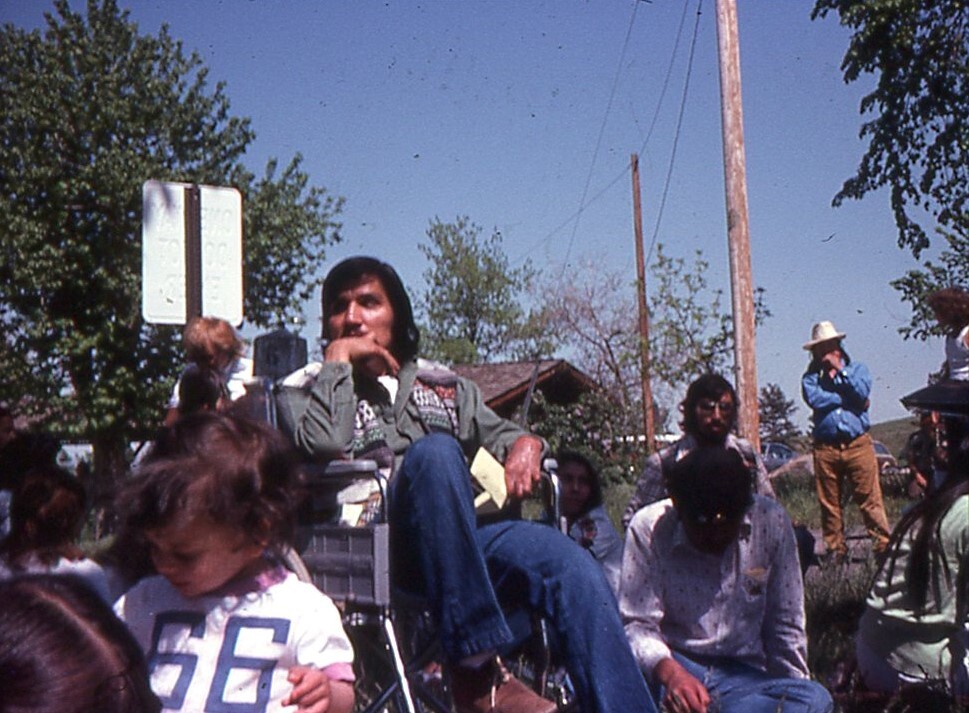
The federal grand jury subpoenaed several people who refused to testify, and jailed some for months, including Veronica Vigil, who was a roommate of two of the bomb victims.
Ultimately, the grand jury never published any conclusions. No one was charged.
“If they had the goods, somebody should have been prosecuted,” Juan said.
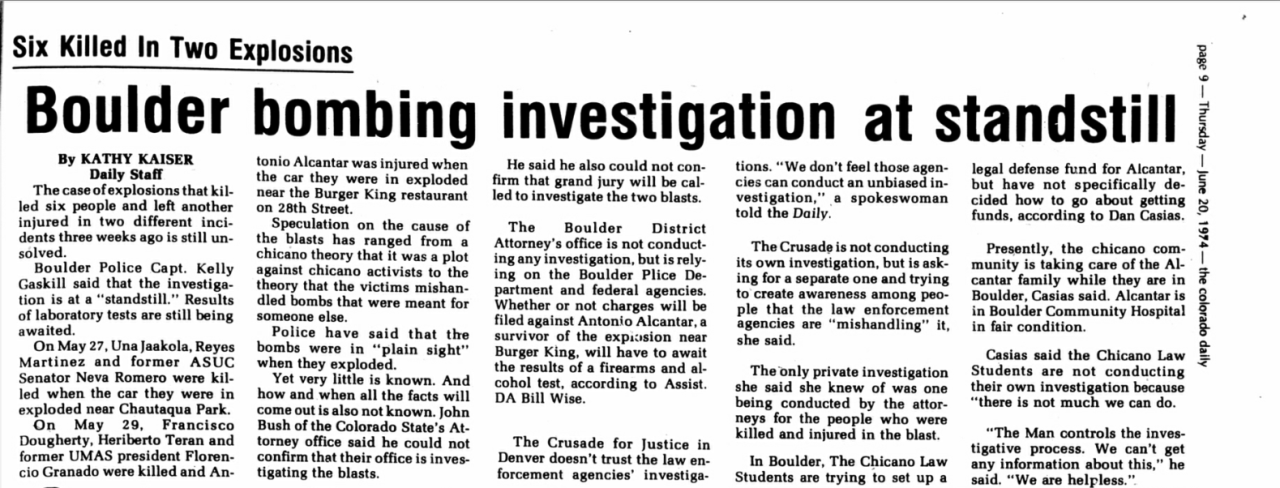
With so many questions still lingering, some family members of those who died, like Francisco Martinez — the brother of Reyes Martinez — are requesting records from the FBI and other federal agencies. Martinez is currently suing those agencies for documents.
U.S. Congressmen Joaquin Castro and Jimmy Gomez, both members of the House Permanent Select Committee on Intelligence, recently asked the FBI and CIA to release materials on surveillance of Latino civil rights groups in the 1960s and 1970s.
"What has always troubled me is that there has been an incomplete historical record about the intelligence agencies and how they treated those civil rights groups,” Congressman Castro said.
He grew up in San Antonio, Texas. His mother, Rosie Castro, was a prominent civil rights activist involved with many of the Mexican American political groups at the time.

“All of us recognize that the intelligence agencies do important work in protecting the United States and protecting Americans and our allies around the world. But over the years, there have been excesses,” Congressman Castro said. “There have been times where they've taken a wrong turn in their policies and their tactics. And we need to make sure that we avoid those in the future.”
CIA Director William Burns committed during a congressional hearing in March to work with Congressmen Castro and Gomez to improve the historical record by reviewing documents for release.
"I'm confident that we'll get new information that the public has not seen about the different tactics that were taken against Latino organizations,” Congressman Castro said.
WATCH THE FULL INTERVIEW WITH CONGRESSMAN CASTRO BELOW:
In the meantime, those close to Los Seis are left theorizing what might have happened in Boulder 50 years ago.
Juan, who served in the Air Force during the Vietnam War and studied electronics, has a theory that the car bombs could have been detonated from outside of the vehicles using remote control technology available to the U.S. military at the time.
He speculates law enforcement may have been thinking: “What do we do with this Chicano problem? And little by little they came up with a plan, and the plan was, let's take some of them out.”
Deborah believes law enforcement officers were watching and may have led Los Seis to take drastic measures after a weeks-long protest on the CU Boulder campus was ignored by university administrators and police.
With so many lingering questions, the Espinosas said the one thing they are sure of is the motives of their friends.
"They died so that more kids could go to school,” Deborah said. “That is their legacy, whether you call them a terrorist, or activists, or revolutionaries.”
"Or victims,” Juan interjected.
“Or victims, yes. It was all for education,” Deborah said.

Boulder
CU Boulder scholarship honors activists killed by car bombs 50 years ago
A special thanks to the following institutions for providing archival materials: University of Colorado Boulder Rare and Distinctive Collections, CSU Pueblo Archives and Special Collections, Colorado Historic Newspapers Collection, Denver Public Library Special Collections, Carnegie Library for Local History, History Colorado — Juan Espinosa Collection, The Freedom Archives, Boulder Daily Camera
Photojournalist Drew Smith contributed to this report.





